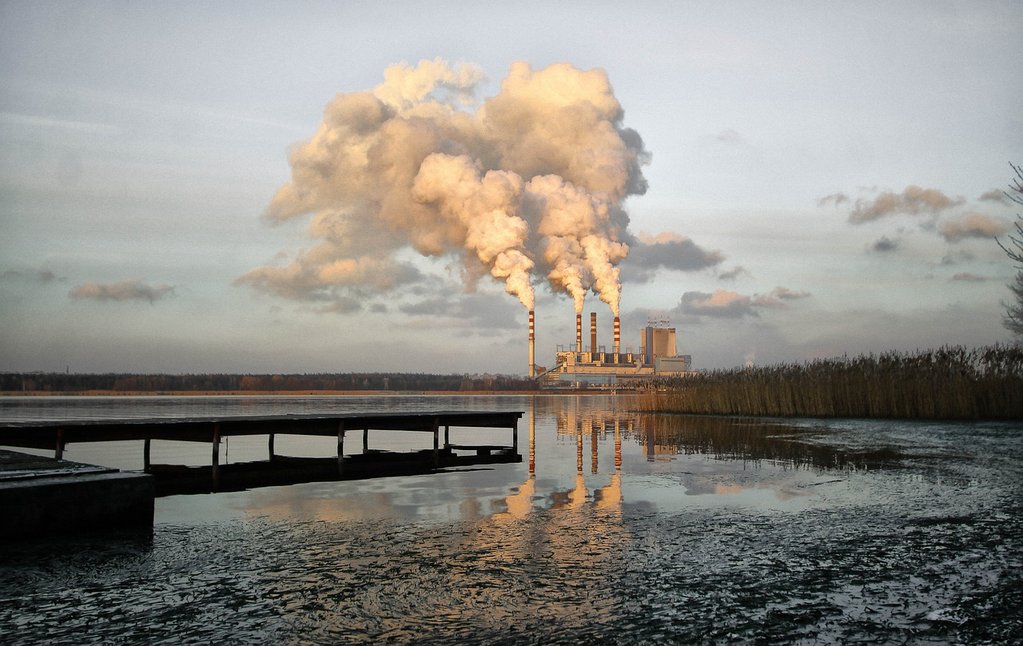ZIMSEC O Level Combined Science Notes: Fuel efficiency
- Fuel efficiency measures the amount of energy that can be obtained from a given quantity of fuel
- It is often useful to know which fuel gives the most energy(heat) per given unit
- In a laboratory fuel efficiency can be determined by measuring the temperature rise of water when it is heated using a known mass of fuel
- Usually when a fuel burns in a plentiful oxygen supply
- It produces carbon dioxide and water
- This is known as complete combustion
- When a fuel is burnt in an insufficient oxygen supply environment
- The word equation for complete combustion is:
- \text{octane (fuel)+oxygen} \rightarrow \text{carbon dioxide + water}
- There is incomplete combustion
- Carbon monoxide and soot(which is unburned carbon) are produced
- The word equation for incomplete combustion is:
- \text{octane (fuel)+oxygen} \rightarrow \text{carbon monoxide + carbon+water}
- Carbon monoxide is a poisonous gas
- It is thus not recommended to make a fire in a room that is not well ventilated
- Soot is often observed in the exhaust pipes of motor vehicles
- It is also observed as the dark colored part of smoke that comes out of motor vehicle exhausts ans well as factory chimneys
- When the carbon in fuels in completely oxidized to carbon dioxide
- That is when there is complete combustion
- More energy is released than when only
- Carbon dioxide is partly oxidized to carbon monoxide
- That is when combustion is incomplete
- Complete combustion results in more fuel efficiency than incomplete combustion
To access more topics go to the Combined Science Notes page.




